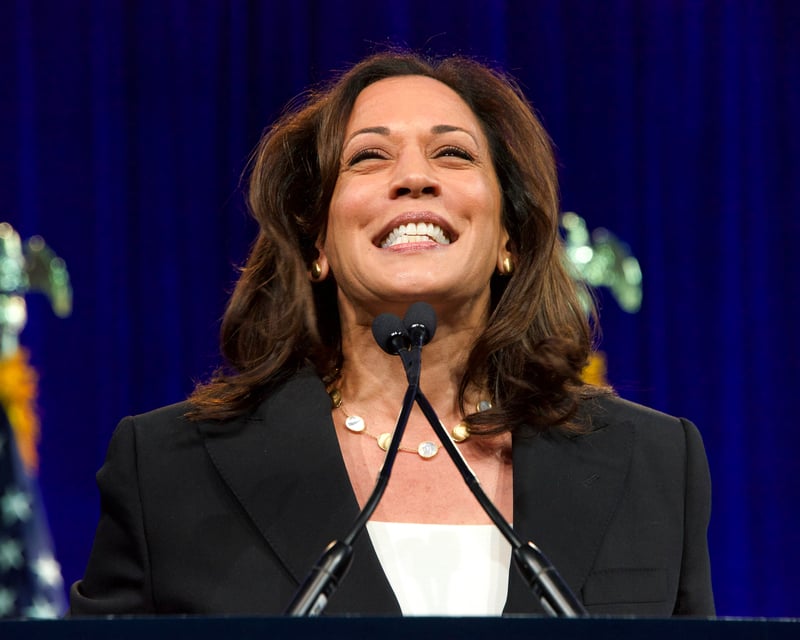As the 2024 election heats up, there’s been a noticeable shift in voter preferences between Kamala Harris and Donald Trump. Several factors suggest that both sexism and racism could be influencing these trends, though the economy and other social issues are key contributors as well.
When looking at demographic data, Harris faces a tough uphill battle with certain voter groups. She does well among Black voters, women, and college-educated individuals.
However, Trump maintains a strong base among older white voters, men, and those without a college degree. Historically, Black women face significant hurdles in leadership positions, and Harris’s identity as a Black and South Asian woman likely affects how she’s perceived, even beyond her policies. Gender plays a role too. Despite making strides in women’s rights, many still find it harder to imagine a woman—especially a woman of color—in the highest office, and this can dampen enthusiasm from voters.
However, the narrative is not just about identity politics. Trump’s appeal is anchored in his populist message, particularly around the economy and national security, areas where he is seen as stronger by a large portion of voters, especially in states where economic concerns are most pronounced. Some voters may turn away from Harris not explicitly because of racism or sexism, but because they feel Trump can better handle these issues.
That said, these economic concerns often intertwine with underlying biases. Trump’s rhetoric, especially regarding immigrants and urban crime, resonates with voters whose anxieties about demographic changes overlap with racial biases.
Similarly, Harris’s progressive stances on issues like abortion and social justice reform have led some conservative voters to question her leadership, often attributing more skepticism than they might to a male candidate.
Still, Harris’s platform and identity present unique challenges in a country grappling with its racial and gender dynamics. Her campaign must navigate both explicit and implicit biases as she tries to unify a diverse coalition of voters.
Whether voters are shifting toward Trump purely because of policy differences or due to a more complex mix of race and gender perceptions remains a challenging question for the 2024 race.
So while it’s difficult to definitively say that racism or sexism is the sole reason voters are moving toward Trump, they undoubtedly play a role in the complicated dynamics of this election.

